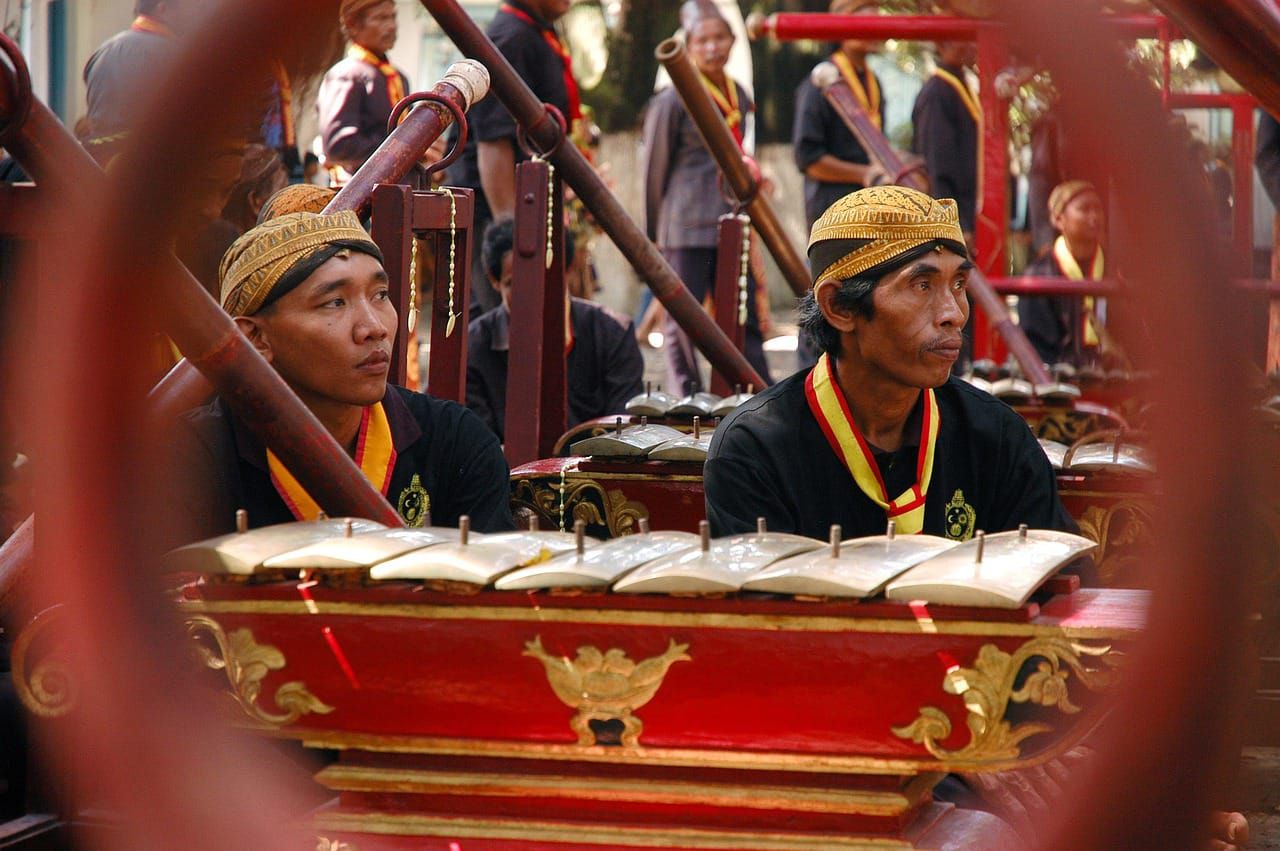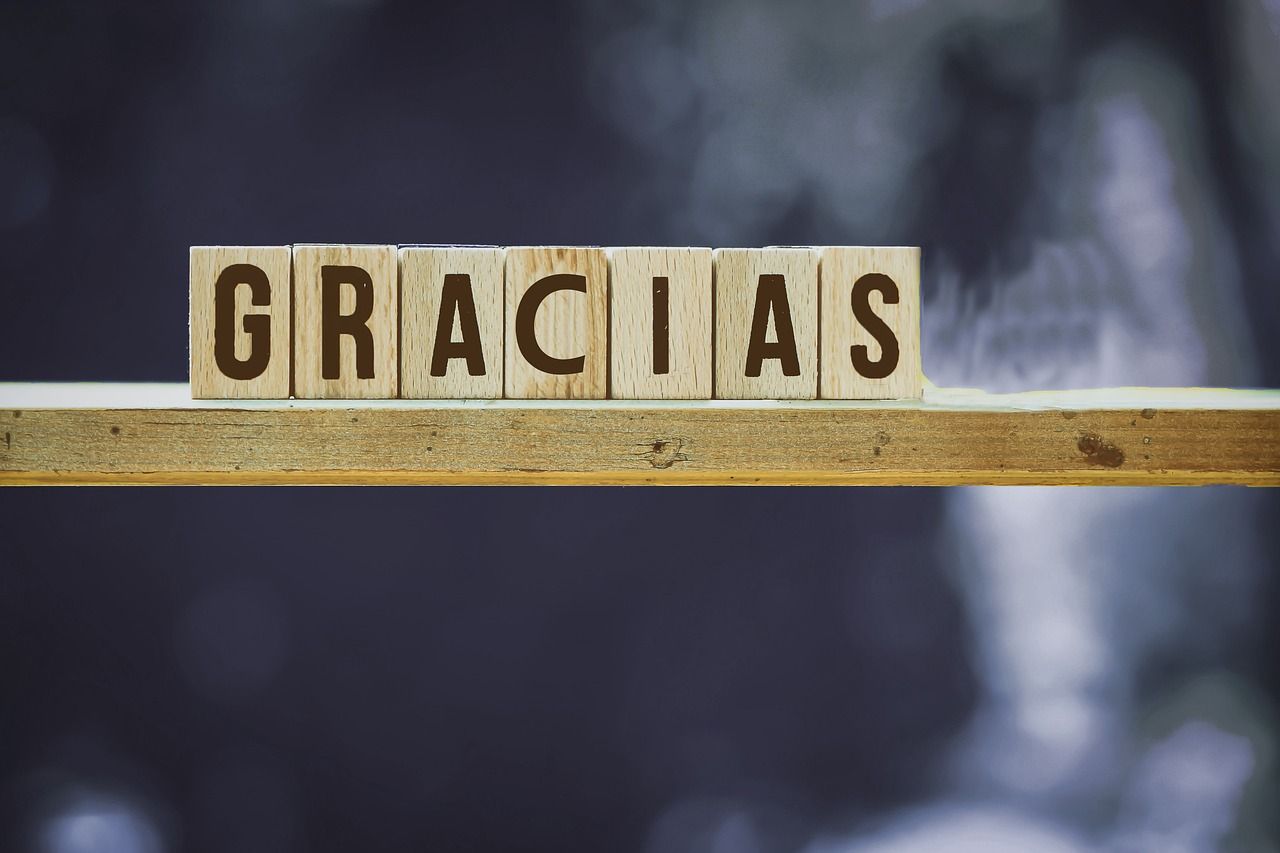Participating In Traditional Festivals As A Language Learner
Festivals are a reflection of the history, beliefs, and values of a community. They provide insights into cultural norms, rituals, and social practices.
20-03-2025Spanish culture is a dynamic blend of history, tradition, and modernity.
Getting to Know the Spanish Culture
Spain is renowned for its vibrant traditions, rich history, and diverse cultural expressions. To truly understand Spanish culture, one must explore its historical influences, artistic achievements, regional diversity, and the daily customs that shape the Spanish way of life.
Spanish culture has been shaped by many civilisations over the centuries. The Phoenicians, Romans, and Moors all left lasting impacts on Spain. The Romans built cities, aqueducts, and laws that influence Spanish society to date. The Moors, who ruled from the 8th century, brought advancements in art, science, and architecture, seen in famous landmarks like the Alhambra in Granada and the Great Mosque of Córdoba. After the Moors were driven out, Spain was unified under Catholic rulers, leading to a Golden Age of art, literature, and exploration.
Spain is a mosaic of regional identities. From the proud Catalans in Barcelona to the flamenco-loving Andalusians in the south, each region brings its language, cuisine, music, and festivals. The coexistence of Castilian Spanish with regional languages such as Catalan, Galician, and Basque is a testament to this cultural diversity.
Spain is made up of 17 different regions, each with its own special identity, language, food, and customs. This diversity is so strong that people often call it "Las Españas" (the Spains) to recognise the many different parts that make up the country. Some regions, like Catalonia, the Basque Country, and Galicia, have their languages and much control over their affairs. The southern part of Spain shows a strong influence from the Moors, while the north and east have unique traditions and ways of speaking.
Spanish cuisine reflects its diverse regions and historical influences. Meals are social events, often enjoyed with family and friends. Spaniards typically eat five meals daily, with lunch being the largest and most important. Tapas—small plates meant for sharing—are the everyday food of Spanish social life. The traditional siesta, an afternoon rest, remains a symbol of the Spanish approach to balancing work and relaxation, although it is less common in urban areas today.
Flamenco is more than just music and dance; it is an expression of deep emotion and history, rooted in Andalusian and Romani traditions. Music and dance are essential aspects of many Spanish festivals, from the religious solemnity of Semana Santa to the joyous chaos of La Tomatina. Family ties are strong in Spain, and gatherings often include extended family, reinforcing a culture centred around connection and shared joy.
Spain’s cultural legacy is etched in its architecture and art. Spanish architecture reflects a confluence of styles and eras—from the Moorish splendour of the Alhambra in Granada to Gaudí’s surreal creations in Barcelona. In art, Spain gave the world masters such as Velázquez, Goya, Picasso, and Dalí, whose works continue to influence global art.
Though deeply rooted in tradition, Spain is a modern European nation that embraces innovation, technology, and contemporary culture. Cities like Madrid and Barcelona are places of fashion, film, and design, offering a vibrant counterpoint to the country’s rural traditions and historic sites.
Spanish culture is a dynamic blend of history, tradition, and modernity. Its rich tapestry of values, culinary delights, artistic expressions, and communal celebrations offers a unique insight into the heart of Spain. Whether through its vibrant festivals, diverse languages, or the warmth of its people, experiencing Spanish culture is a journey filled with discovery and joy.
Spread the Knowledge! 🚀
Found this article useful? Click the Share button below and let others benefit too!

Festivals are a reflection of the history, beliefs, and values of a community. They provide insights into cultural norms, rituals, and social practices.
20-03-2025
Studying Mandarin opens a gateway to profound engagement with Chinese history, philosophy, literature, and social values.
16-07-2025
The languages stemming from Latin constitute one of the most significant and widespread language families today.
25-06-2025